
Los Angeles is often called the mural capital of the world — and no place is this truer than on the streets of Boyle Heights, where hundreds of walls at pharmacies, general stores, guitar shops and even churches have been transformed into urban artwork. The murals depict Mexican American history, advertise businesses and take the form of abstract art at the hands of graffiti taggers….
Using a little-known ordinance that allows the city to regulate murals that abut public property — including sidewalks — officials have notified some property owners that they must either modify or remove their murals….
Under the city program, the Cultural Affairs Department will find artists to create new murals and set up a system to maintain the artwork. Joseph Montalvo, a graffiti muralist participating in the program, says he supports the idea of engaging young taggers. But he worries that the city will put limits on what artists can and cannot do.
“For the last 15 years, the relationship between the store owner and the writer [muralist] has been there and there hasn’t been a need for government participation,” said Montalvo, 35, also known as Nuke. “What I’m afraid is they may want to suppress or oppress any content that in their eyes they think is inappropriate.”
Yeah, that seems like the whole point of the city’s program, doesn’t it? We’ve seen similar things happen elsewhere, notably Vancouver. Lots of small cities have ordinances requiring property owners to remove graffiti from their buildings or face fines. Smaller cities and towns require permits for any kind of decoration at all. Combine these property-value-minded campaigns to whitewash the city with the fearmongering panic-tantrums of Vallone Jr. and his dumb ilk and you’ve got a country where public space is severely policed.
Read the whole article here. Image at top: Detail from “Undiscovered America” by Joseph “NUKE” Montalvo, taken from you-are-here.com.
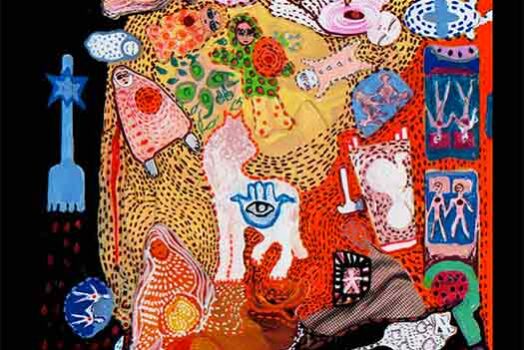
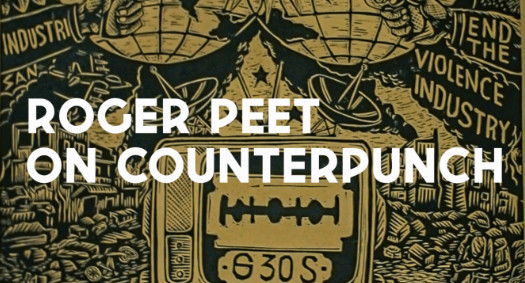


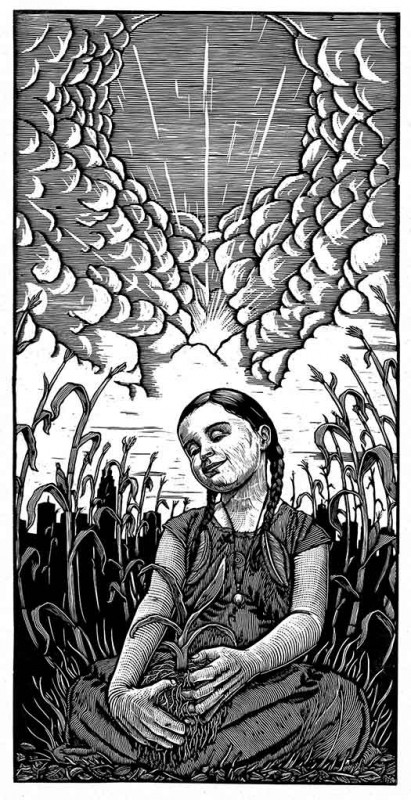
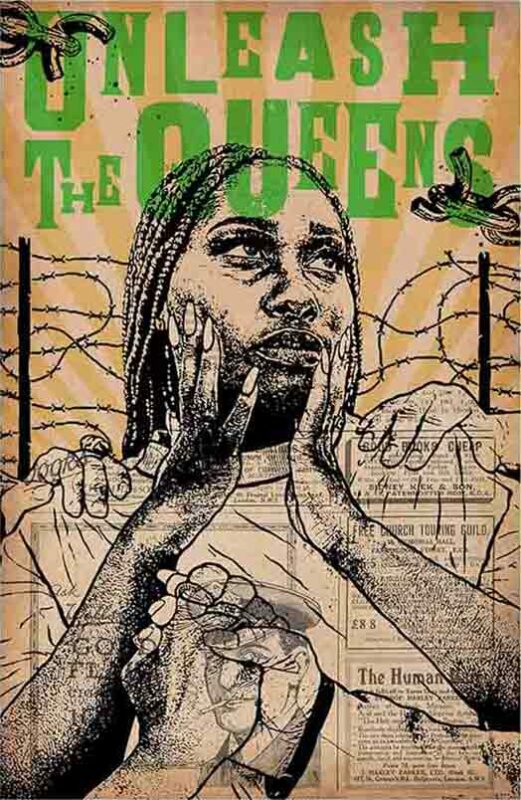

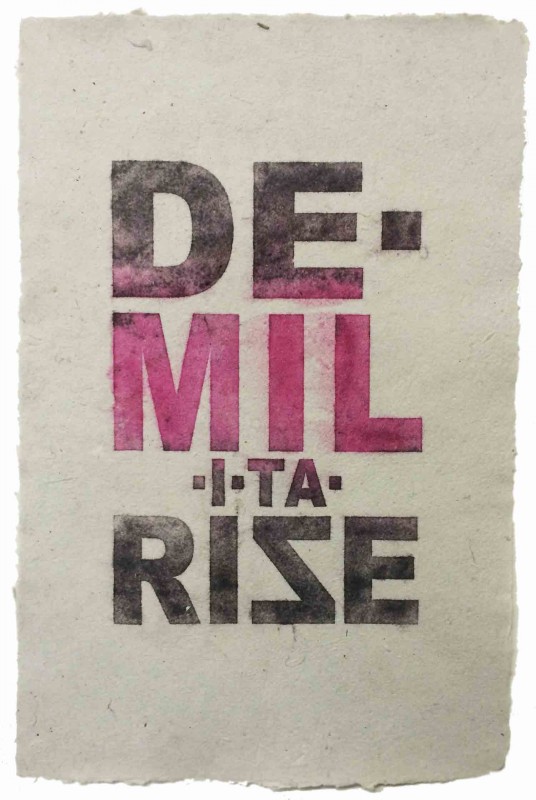
Sounds like a campaign of censorship. And its the larger power structures imposing their idea of what is appropriate for public viewing or not. Im totally frustrated by this, because it takes so much power away from community members, especially the storeowners. And they are the legal “property-owners!” So there is something deeper than a private property/vandalism issue here. Its the control of aestethics and what is appropriate or not. Here in NYC the dity wants to prevent graffiti in public spaces but will allow unsightly advertising drape itself down 8+ story buildings.
So im wondering if anyone knows if there are studies done on the “effects” of graffiti on the neighborhoods “atmosphere.”
-is that clear?
i guess i wonder if the attitude that graffiti “creates” crime is supported by some academic or police paper?
the main “academic” force arguing that graffiti creates crime is the “broken windows” theory. the idea is that petty crimes like graff, jumping turnstiles, and breaking windows, create a sense of chaos & disorder that leads to larger crimes.
the theory was cooked up at the right-wing hudson institute, and from what i’ve read of their position papers and all that, they rely very heavily on conjecture, stereotypes and “common sense” that’s anything but.
i think in the end, the academic/intellectual theories that get created at these think tanks are just there to provide excuses for things the powerful already wanted to do. fi5e found a quote on the nypd’s anti-graffiti website that illustrates this point:
“Graffiti-adorned trains and tunnels, buildings, blocks and cars, communicated a message of chaos to New Yorkers and tourists alike. Whether or not the statistics supported these assumptions was irrelevant, because the mere impression of disorder was enough.”
well let those murals rule those walls!